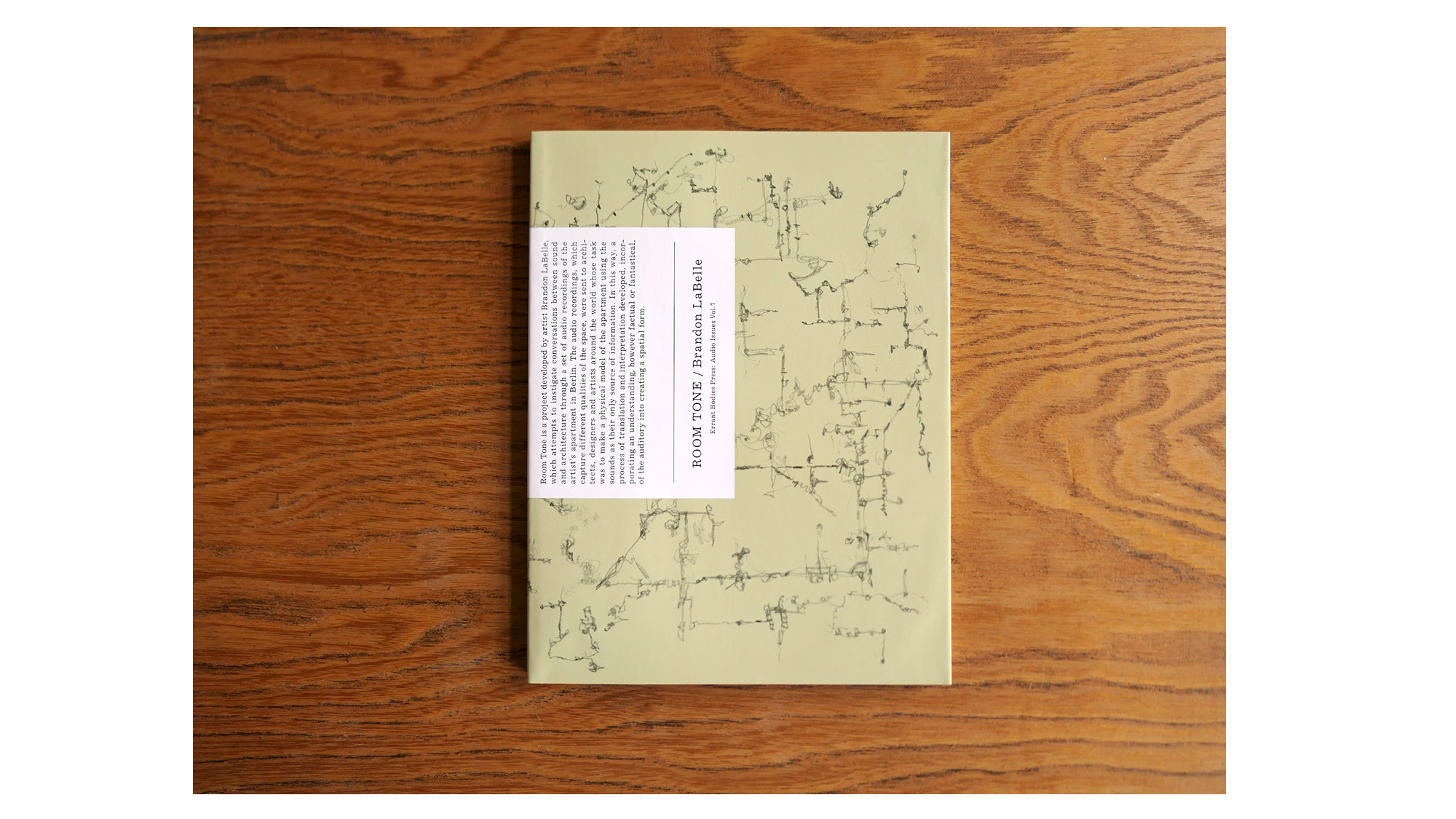
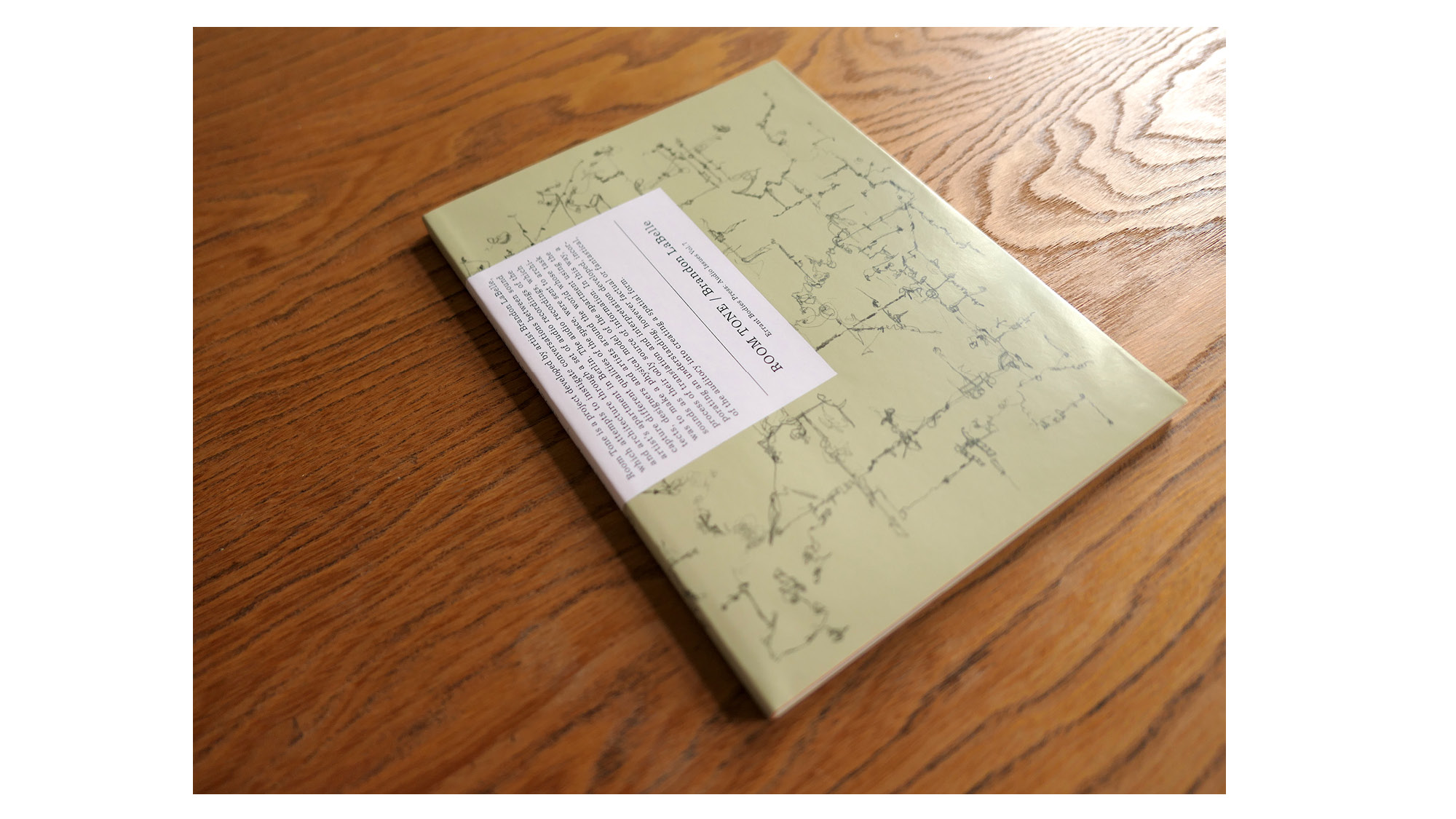
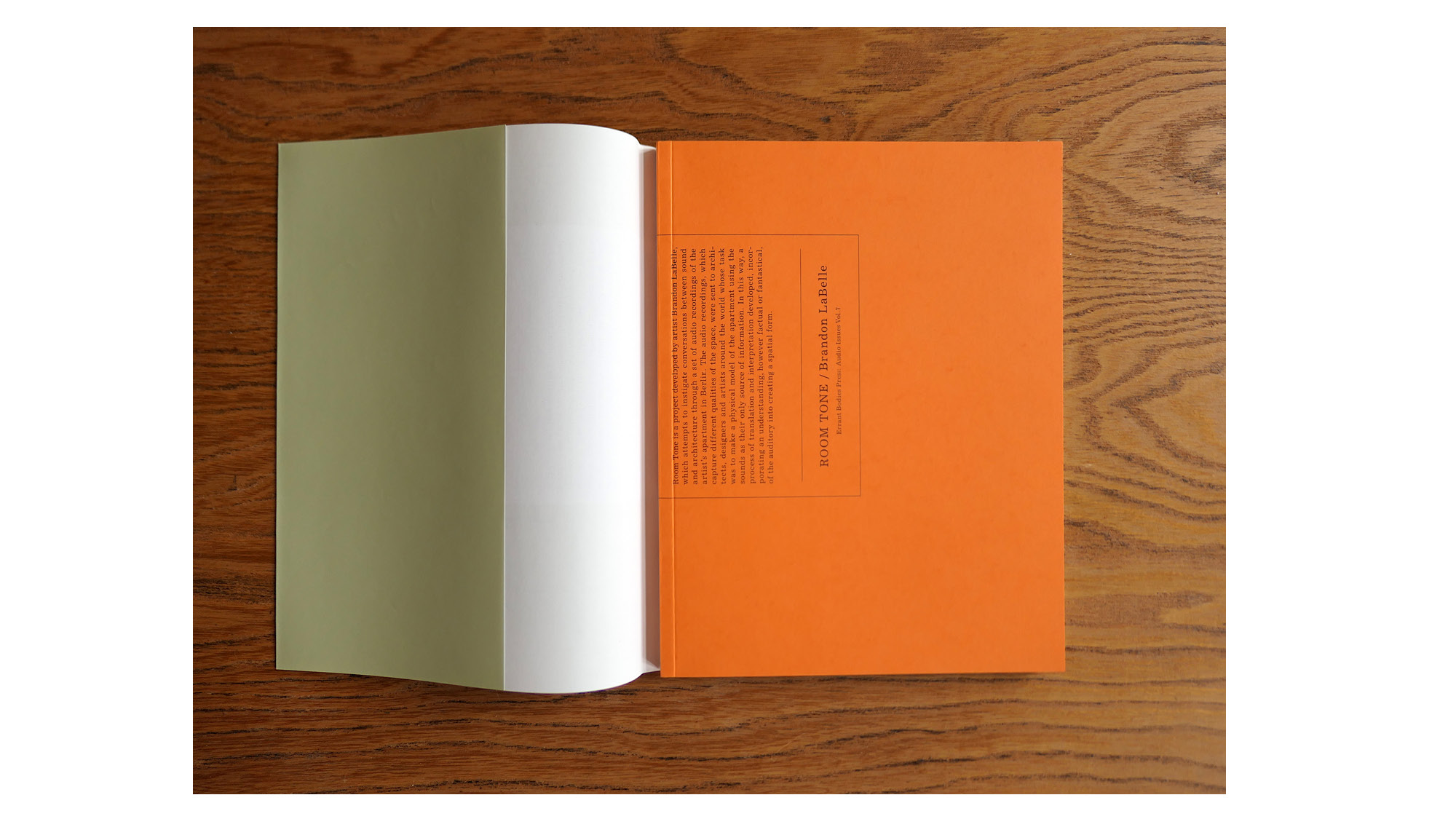


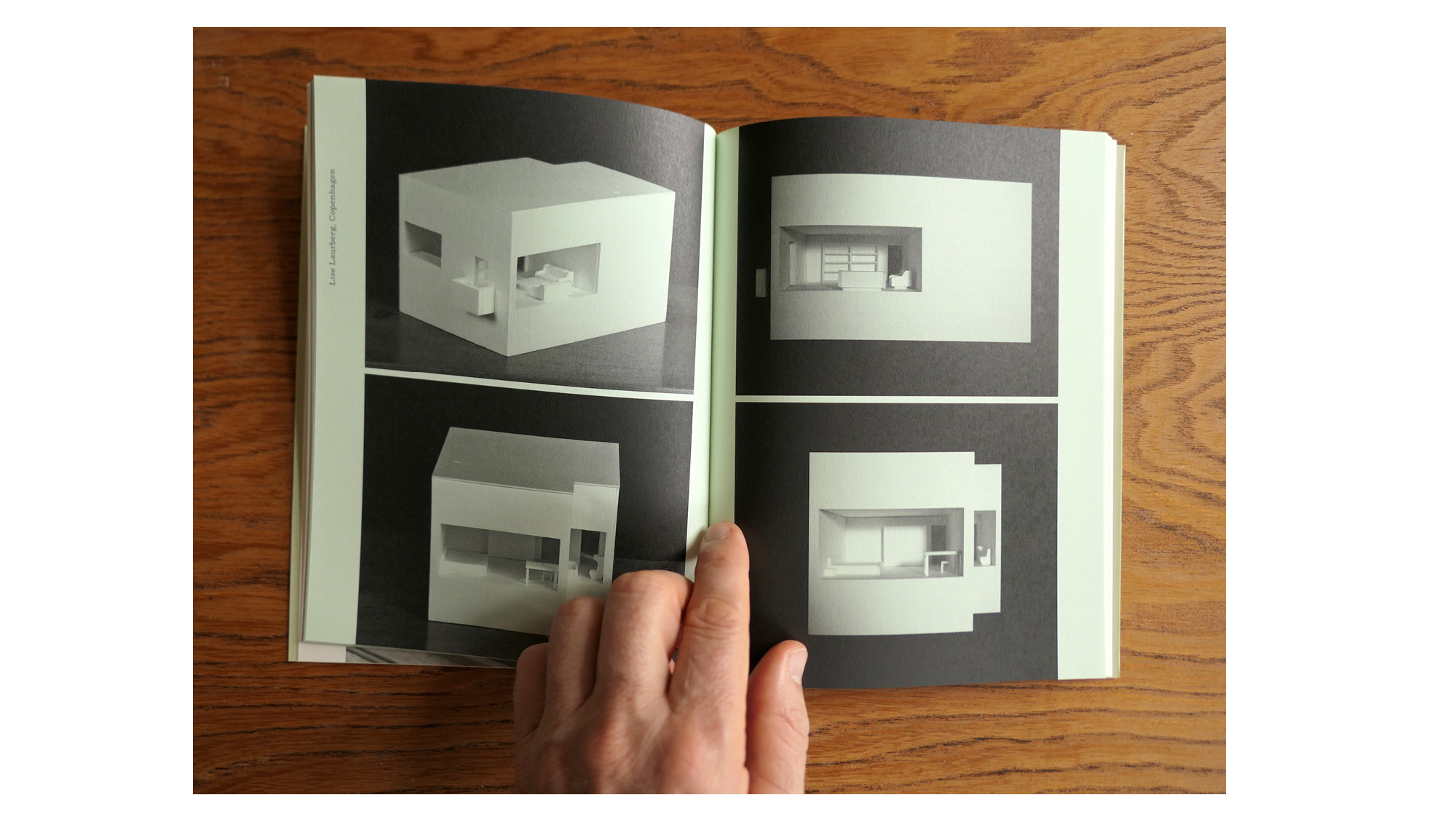
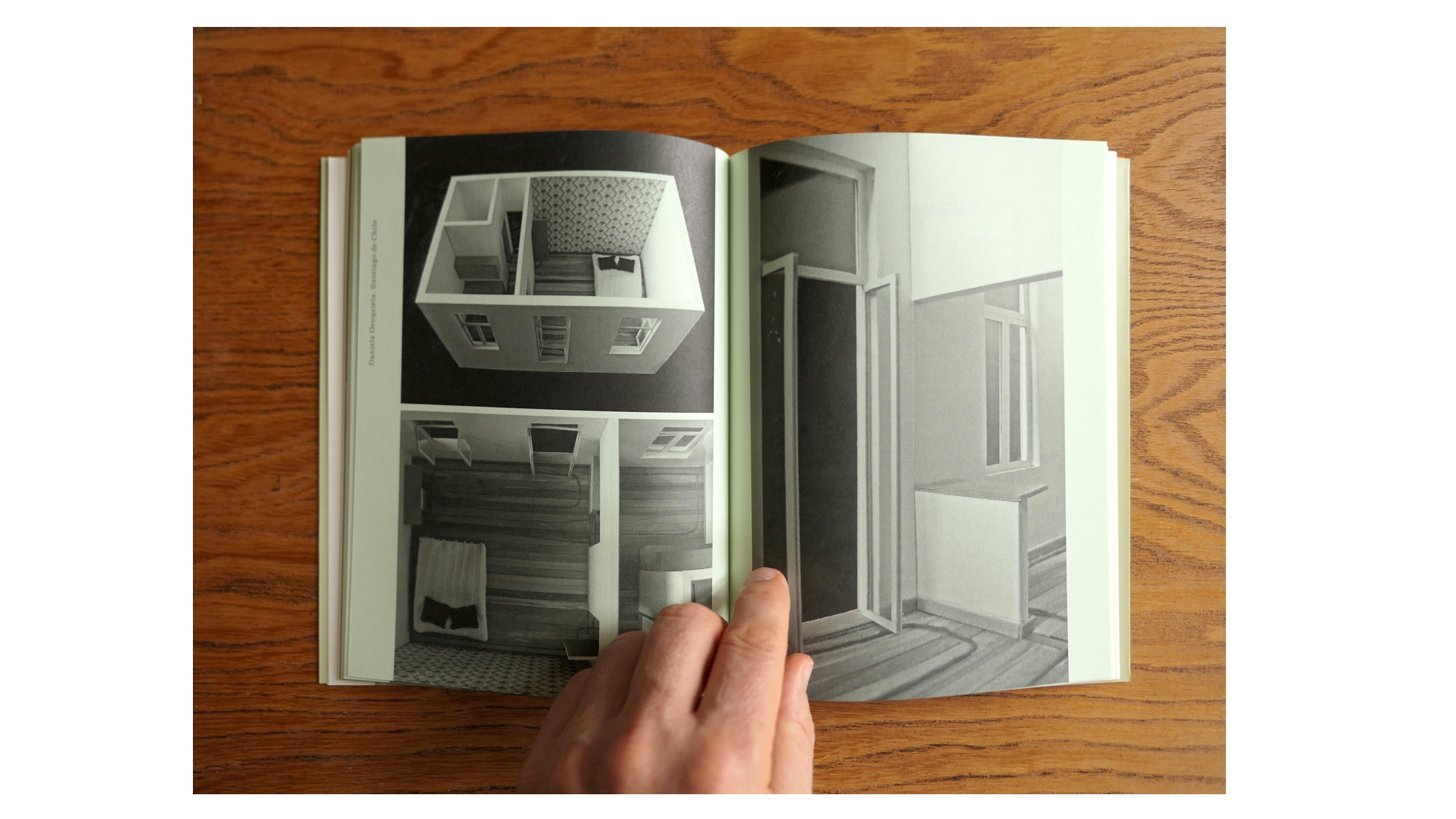
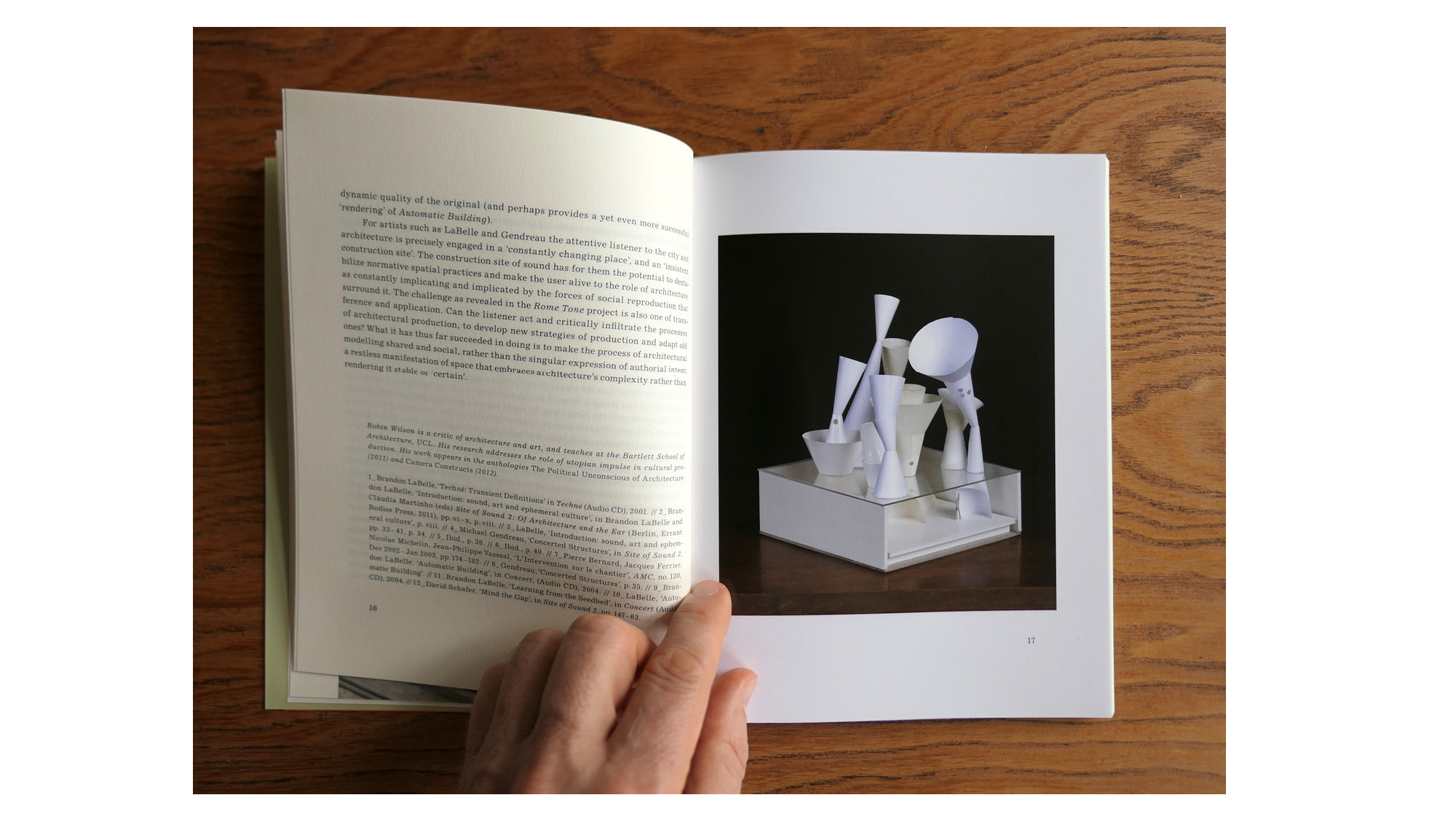
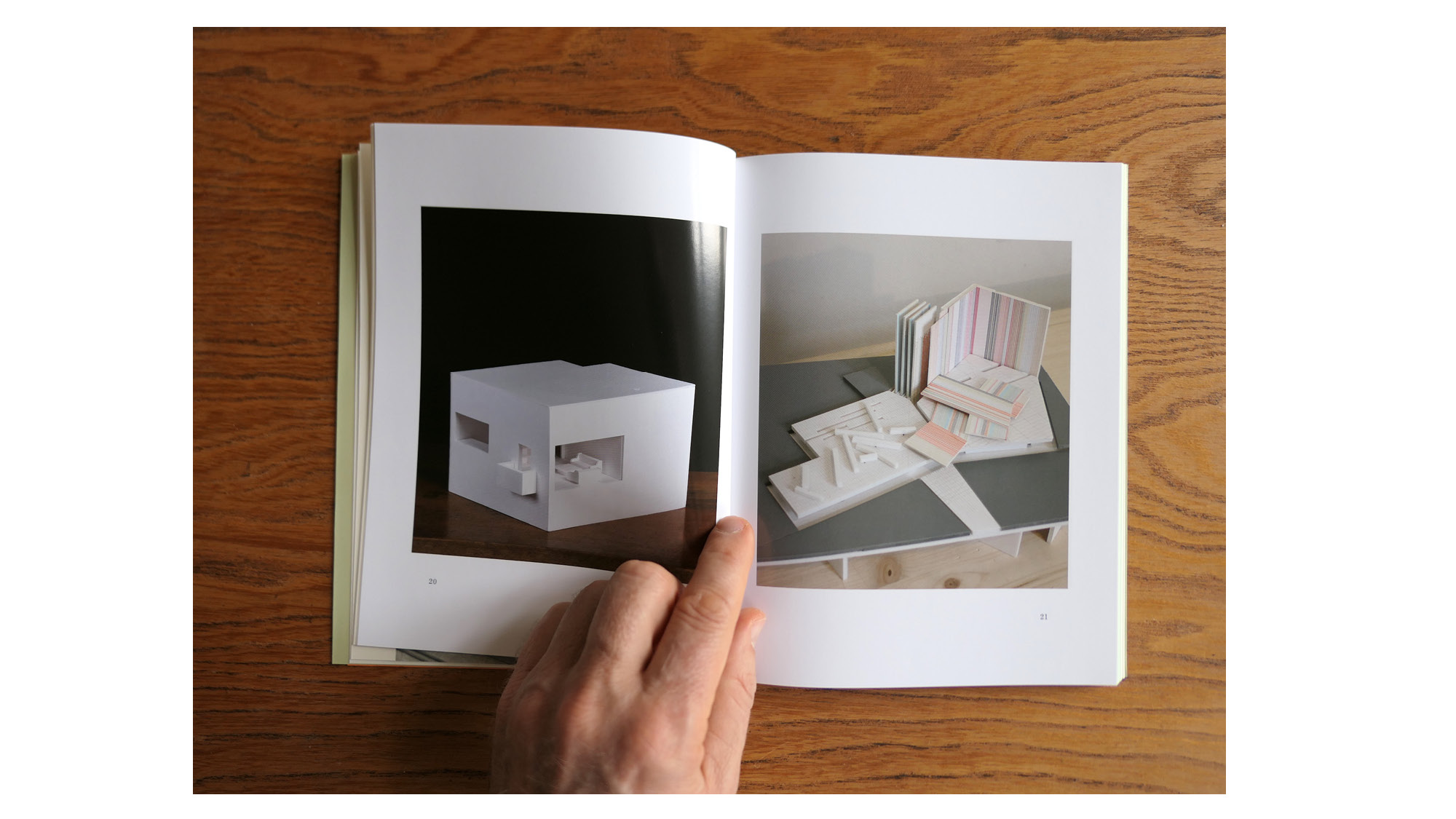
ISBN: 978-0-9827439-5-9
16 x 21 cm (softcover)
112 pages (color ill.)
Published: 2015
→ les presses du réel (EU)
→ DAP (US)
With participating architects, designers and artists:
Carlos Campos, Buenos Aires
Lise Laurberg, Copenhagen
Yeoryia Manolopoulou, London
Jonathan Mosley + Sophie Warren, Bristol
Anna-Kristina Netzel, Berlin
Valeria Merlini, Berlin
Margit Leisner, Curitiba
Daniela Oroquieta, Santiago de Chile
Anke Wünschmann + Achim Wollscheid, Frankfurt
Reinhard Brügmann, Berlin
Lewis & Taggart, Bergen
Roberto Arad & Rafael Lino, Curitiba
Martina Schaaf, Potsdam
BRANDON LABELLE is an artist, writer and theorist living in Berlin. His work focuses on questions of agency, community, pirate culture, and poetics, which results in a range of collaborative and para-institutional initiatives, including: The Listening Biennial and Academy (2021-), Communities in Movement (2019-), The Living School (with South London Gallery, 2014-16), Oficina de Autonomia (2017), The Imaginary Republic (2014-19), Dirty Ear Forum (2013-), Surface Tension (2003-2008), and Beyond Music Sound Festival (1998-2002). In 1995 he founded Errant Bodies Press, an independent publishing project supporting work in sound art and studies, performance and poetics, artistic research and contemporary political thought. His publications include: The Other Citizen (2020), Sonic Agency (2018), Lexicon of the Mouth (2014), Acoustic Territories (2010, 2019), and Background Noise (2006, 2015). His latest book, Acoustic Justice (2021), argues for an acoustic model by which to engage questions of social equality.
Room Tone
Brandon LaBelle
Sound moves between inside and outside. It disturbs what may appear static while also providing moments of deep connection. It flows through the environment as temporal material lending dramatically to the experiences we have of being in particular buildings.
Room Tone is a project is developed by artist Brandon LaBelle and attemps to instigate conversation between sound and architecture, starting with a set of audio recordings of the artist's apartment in Berlin. The audio recordings were sent to architects, designers and artists around the world whose task was to make a physical model of the apartment using the sounds as their only source of information. In this way, a process of translation and interpretation developed, incorporating an understanding, however factual or fantastical, of the auditory into rendering a spatial form.
The publication documents the project’s various contributions, and includes an essay by architectural critic Robin Wilson, an interview with the artist by Elena Biserna, and a lecture on shared space by Brandon LaBelle.